In the span of just a few years, the ‘modern workplace’ has transitioned from a buzzword to a business necessity. The contemporary business ecosystem thrives on flexibility, digital optimization, and, most importantly, actionable insights. In this new realm, analytics isn’t just a tool but the very foundation that underpins business decisions, strategies, and growth. Let’s explore the intersection of the modern workplace and analytics, and why they are inextricably linked.
1. The Digital Transformation of the Workplace
With the rise of cloud technologies, AI, and mobile workforces, the physical boundaries of ‘office space’ have become obsolete. The modern workplace is not restricted by four walls. It’s a dynamic, digital space where teams collaborate in real time, irrespective of their geographical locations. Companies are leveraging platforms like Microsoft Teams, SharePoint, and Slack to break silos, optimize workflows, and ensure uninterrupted communication. But with this transformation, there comes a vital need: understanding the vast amounts of data generated across these platforms. This is where workplace analytics steps in.
You can read more about: The Microsoft Modern Workplace: Driving Productivity Through Strategic Application Use
2. Analytics: The Compass in a Sea of Data
Every digital interaction, be it a message on Teams, an edit on a shared document, or a virtual meeting, generates data. This data, when analyzed correctly, can offer profound insights into organizational health, employee engagement, and efficiency bottlenecks. Advanced analytics platforms can interpret patterns, predict challenges, and provide actionable insights for businesses to refine their strategies.

3. Why Analytics is Crucial for the Modern Workplace
- Performance Metrics: In a decentralized work environment, traditional metrics to gauge employee performance can be limiting. Analytics offers granular insights, measuring both output and engagement, providing a holistic view of individual and team productivity.
- Enhanced Collaboration: Analytics can help identify which teams or departments collaborate frequently and which ones operate in silos. By visualizing these interactions, businesses can foster cross-departmental collaborations and break operational silos.
- Security & Compliance: As workspaces become more digital, they’re also more susceptible to breaches. Analytic tools can monitor user behavior, flagging anomalies that could indicate potential security threats.
4. The Future is Predictive
With advancements in AI and machine learning, ‘modern workplace’ analytics is transitioning from being reactive to predictive. Instead of just highlighting existing issues, next-gen analytics platforms can predict potential challenges. For instance, if a particular team’s collaboration score drops, the analytics platform might flag this as a potential concern before it impacts project delivery.
5. A Word on Privacy
While analytics offers unmatched insights, it’s essential to tread cautiously. Employee monitoring can be a contentious issue. The goal of analytics in the modern workplace should be optimization and not surveillance. It’s crucial to ensure that all data processing adheres to global data protection regulations and is transparent to all stakeholders.
As the lines between work and life continue to blur in this digital age, the need for robust, insightful analytics becomes paramount. The modern workplace is a vibrant, dynamic entity, and analytics is its pulse, keeping businesses attuned to its rhythms, challenges, and opportunities. By harnessing the power of analytics, businesses can navigate the complexities of the modern workplace, ensuring not only survival but growth in this new digital era.
Explore the transformative potential of CardioLog Analytics in optimizing productivity across SharePoint, Microsoft Office 365, Microsoft Teams, and Viva Engage (Yammer), and discover how data-driven insights can revolutionize your digital workplace experience.
Related Topic:
- How Microsoft’s Modern Workplace Leverages Analytics for Success
- SharePoint in 2024: Powering the Modern Workplace with Collaborative Efficiency and Strategic Analytics
- How New Technology Has Transformed the Modern Workplace?
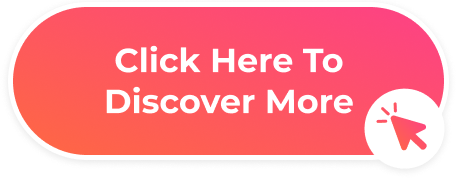




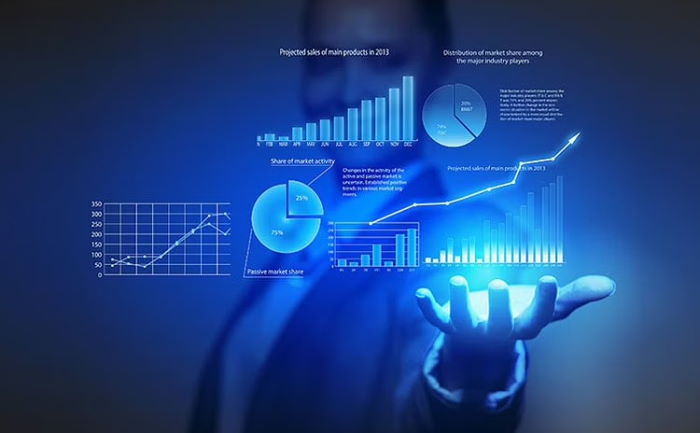

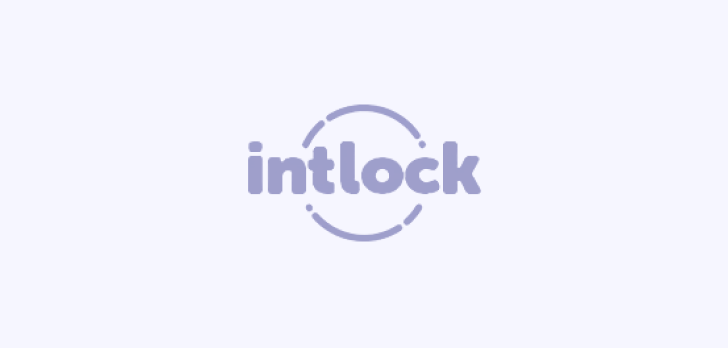
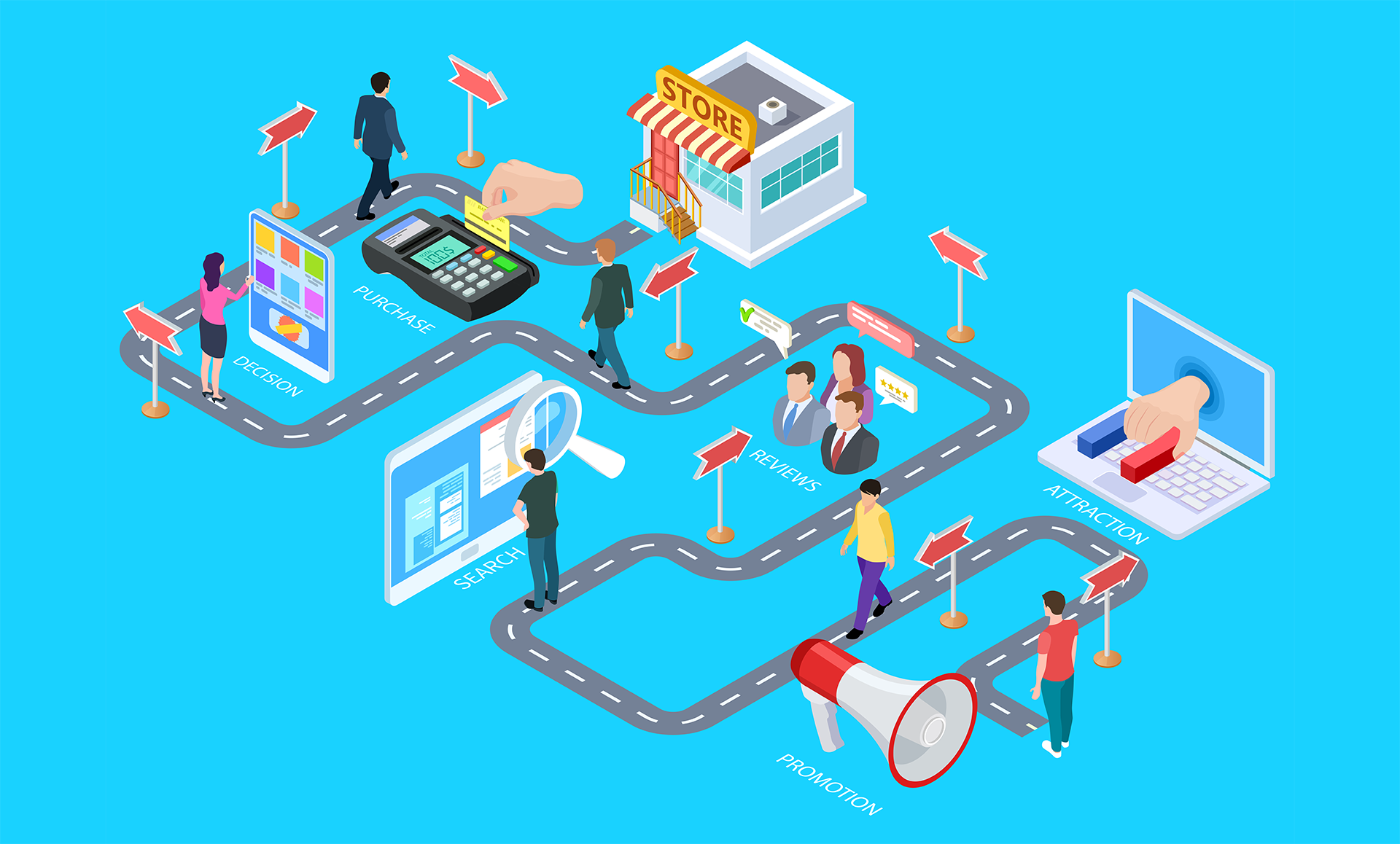



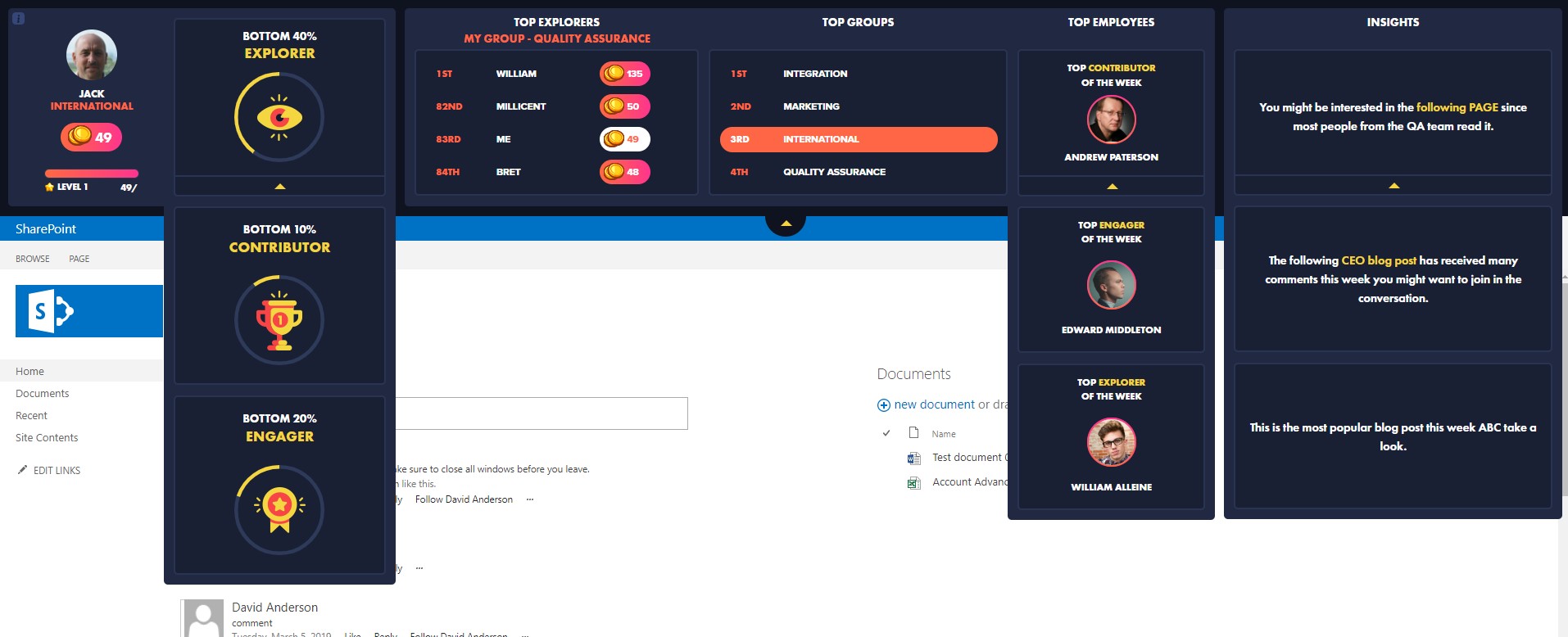

 Follow @cardiolog
Follow @cardiolog 